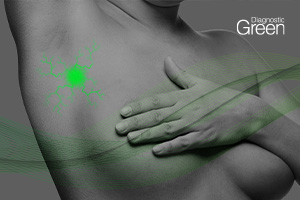Indocyanine Green Fluorescence Angiography (ICGFA) has been deployed to tackle malperfusion-related anastomotic complications. This study assesses variations in operator interpretation of pre-anastomotic ICGFA inflow in the gastric conduit. Utilizing an innovative online interactive multimedia platform (Mindstamp), esophageal surgeons completed a baseline opinion-practice questionnaire and proceeded to interpret, and then digitally assign, a distal transection point on 8 ICGFA videos of esophageal resections (6 Ivor Lewis, 2 McKeown).
Annotations regarding gastric conduit transection by ICGFA were compared between expert users versus non-expert participants using ImageJ to delineate longitudinal distances with Shapiro Wilk and t-tests to ascertain significance. Expert versus non-expert correlation was assessed via Intraclass Correlation Coefficients (ICC). Thirty participants (13 consultants, 6 ICGFA experts) completed the study in all aspects. Of these, a high majority (29 participants) stated ICGFA should be used routinely with most (21, including 5/6 experts) stating that 11-50 cases were needed for competency in interpretation. Among users, there were wide variations in dosing (0.05-3 mg/kg) and practice impact. Agreement regarding ICGFA video interpretation concerning transection level among experts was ‘moderate’ (ICC = 0.717) overall but ‘good’ (ICC = 0.871) among seven videos with Leave One Out (LOO) exclusion of the video with highest disagreement. Agreement among non-experts was moderate (ICC = 0.641) overall and in every subgroup including among consultants (ICC = 0.626).
Experts choose levels that preserved more gastric conduit length versus non-experts in all but one video (P = 0.02). Considerable variability exists with ICGFA interpretation and indeed impact. Even adept users may be challenged in specific cases. Standardized training and/or computerized quantitative fluorescence may help better usage.




